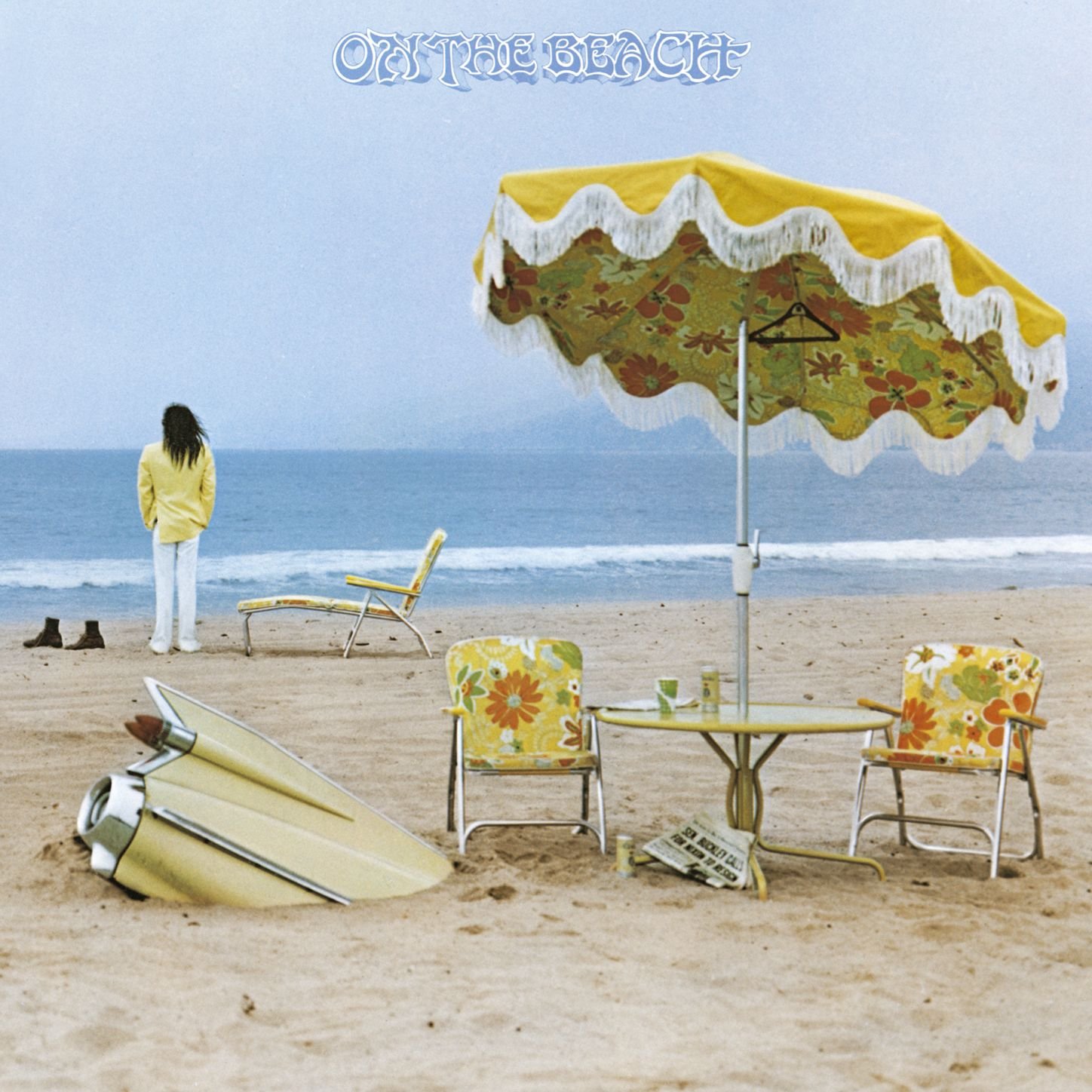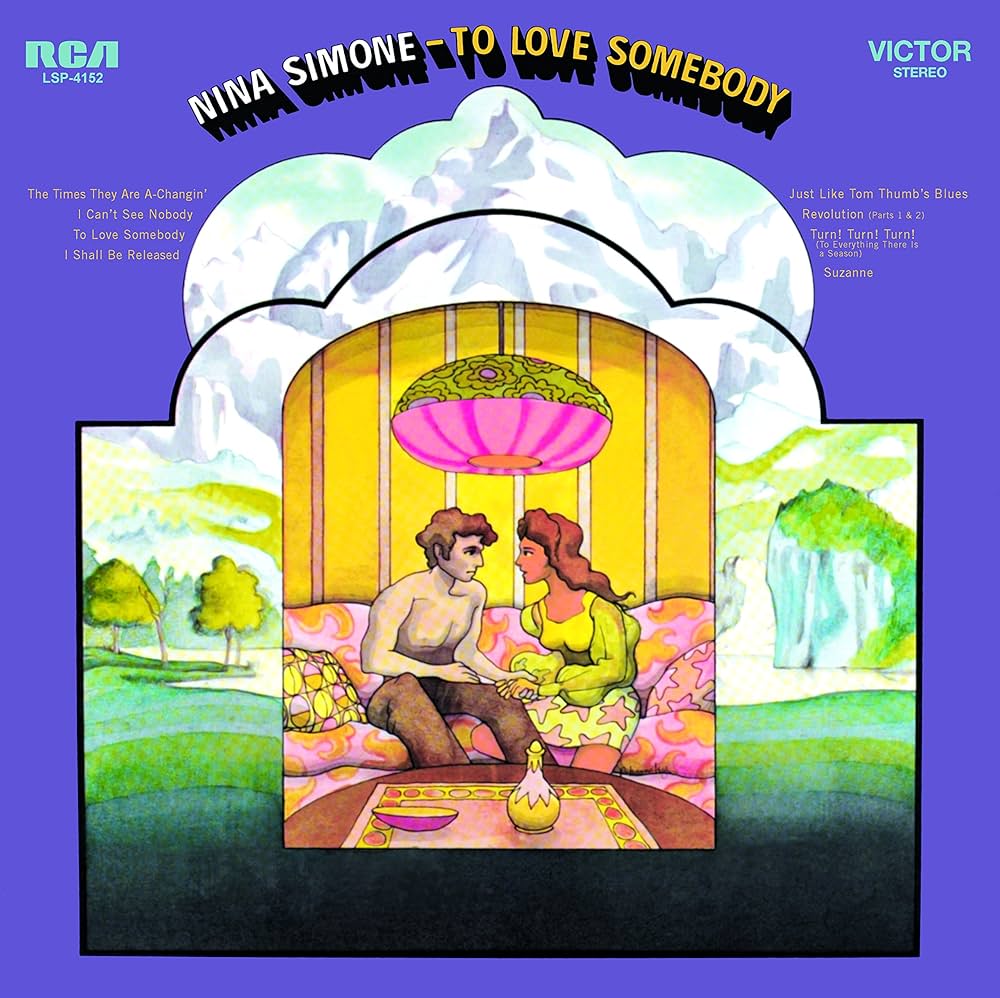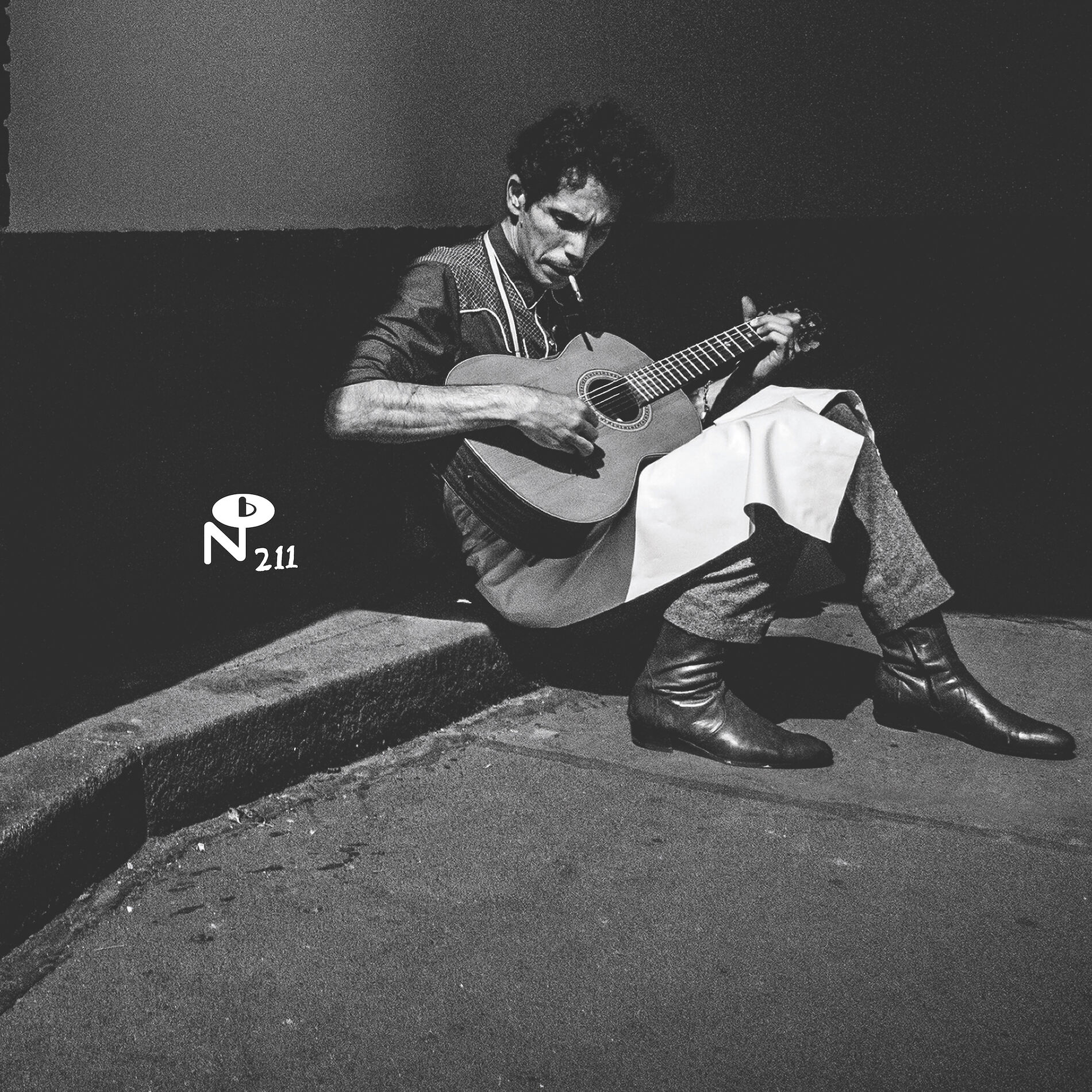23 June 2025
Canadian artist Marcel Dzama shares five albums he listened to most frequently while preparing his exhibition Dancing with the Moon at Pera Museum. Spanning from post-punk depths to subtle folk tones, this list offers a glimpse into the sounds that shape his visual world.
Public Image Ltd. – Metal Box (1979)
Dzama describes this experimental post-punk classic as “my all-time favorite album. " It accompanied many of his works, starting with his early art school videos. He considers it a kind of soundtrack written for the future.

Neil Young – On the Beach (1974)
Bleak, but in a good way. Dzama says this album played in the background while he was creating many of the pieces in the exhibition. It feels like a quiet inward journey.

Nina Simone – To Love Somebody (1969)
A devoted Bob Dylan fan, Dzama finds Simone’s covers even more powerful than the originals. He also views this album as a source of resistance and inspiration.

Charlie Megira – Tomorrow’s Gone (2019)
A remarkable talent lost too soon. The title track, one of Dzama’s favorite songs, sets the tone for an album that enriches visual storytelling, especially in video works. He also recommends it as a perfect album to draw to.

Joakim Åhlund & Jockum Nordström – Dracula’s Son (2017)
A collaborative project by two Swedish artists, Dracula’s Son reflects a playful affinity—Dzama notes he and Dracula keep similar hours. He praises his friend Nordström as a talented guitarist and an exceptional visual artist.


We meet at Marcel Dzama’s studio in Brooklyn on the occasion of his solo exhibition Dancing with the Moon at Pera Museum. On this freezing day in January, he welcomes us with a warm smile, and for a few hours, we step into his world filled with surreal characters, music, dance, politics, and play.
Tuesday - Saturday 10:00 - 19:00
Friday 10:00 - 22:00
Sunday 12:00 - 18:00
The museum is closed on Mondays.
On Wednesdays, the students can
visit the museum free of admission.
Full ticket: 300 TL
Discounted: 150 TL
Groups: 200 TL (minimum 10 people)